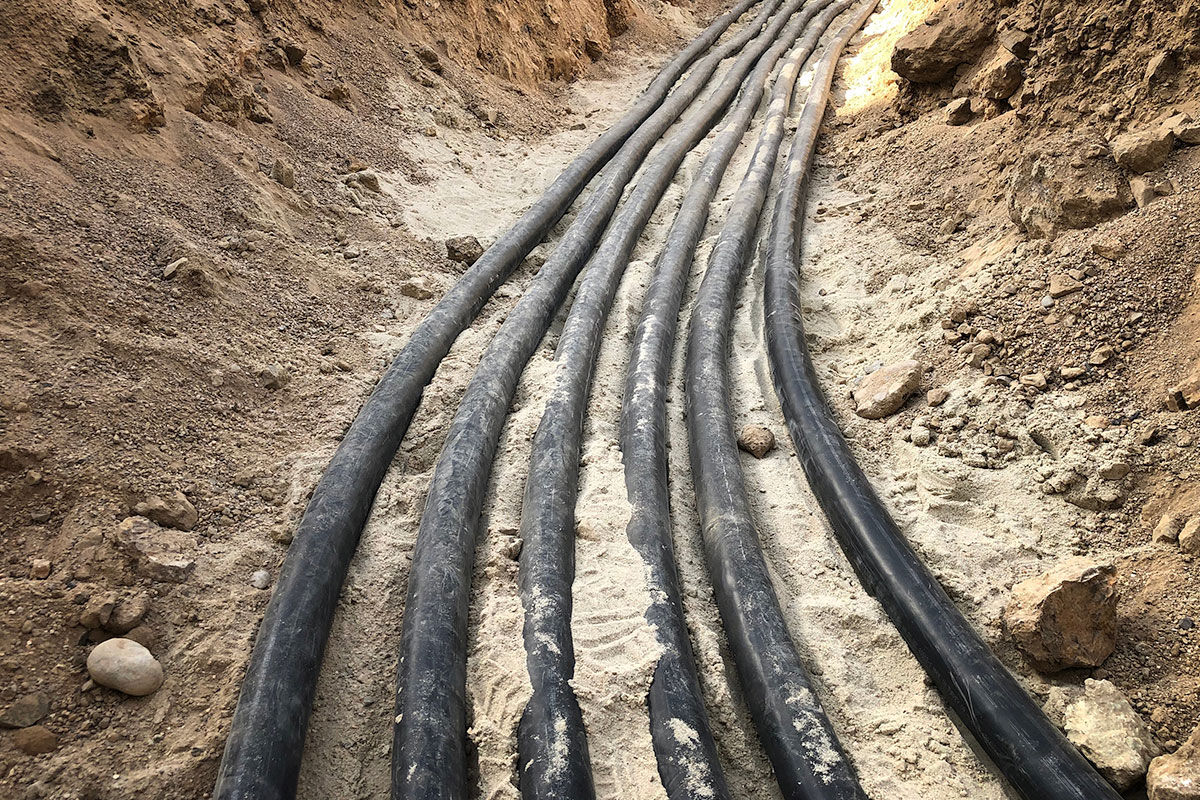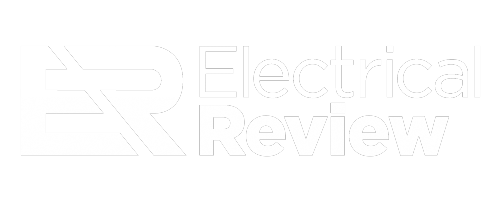Christopher Kay, Operations Manager at Custom Designed Cables, believes that advanced cabling solutions are critical to creating an efficient and resilient electricity grid, as they explain.
Resilient electricity grids are essential to supporting a modern nation and its infrastructure. In this day and age, a grid needs to withstand power outages, maintain service continuity, and withstand cyber risks all at the same time. And we’ve seen the consequences of what can go wrong, with the large-scale power outage that occurred on the Spanish peninsula this week.
So, how do we achieve a resilient electricity grid and avoid a repeat situation like the one that occurred in Spain and Portugal? Well, importantly a grid’s network availability consistently needs to be upgraded and improved to meet these modern demands. This is even more true as we progress into a low-carbon economy, where further pressure is being put on our electricity network to align with the UK’s net zero goals and clean energy targets.
One form of technology that plays a key part in accelerating grid efficiency and resilience is cabling. Whether through linking long-distance centralised grids and mini-grids, or transporting our renewable energy into the mainland, cabling plays a key part in the upkeep of the UK’s electricity network.
The importance of grid resilience
Grid resilience is a power system that can withstand and recover from disruptions, while delivering electrical power continuously and reliably. To be resilient, our electricity network must combat power outages and equipment failure, withstand harsh weather and environments, and, due to its integration of digital technology, be resistant to cyber attacks – all the while continuing to power our homes, hospitals, and vital infrastructure.
If you’re looking for an example of what can happen without a resilient grid, you only need to look at what occurred in the Spanish peninsula this week – and while the exact cause of the outage is still being investigated, it made it abundantly clear how critical grid resilience is for powering the modern world. After all, many Spanish and Portuguese citizens were left without power to operate their houses, offices, trains, traffic lights and even the Madrid open tennis tournament.
Grid resilience isn’t only critical for powering the modern world, however, it’s also key to the future of all energy supply. When looking to the future of our electricity network, one key area of focus is sustainability. Led by the COP29 Presidency, countries from across the globe have the opportunity to work towards creating resilient and efficient electricity grids by committing to the Global Energy Storage and Grids Pledge.
Currently in the United Kingdom, there is up to 95 GW of renewable energy ready to be added to the grid which is lost due to bottlenecks and outdated infrastructure. To overcome this, the national grid, in its current state, will continue to undergo improvements and upgrades to its cabling, converters, and grid operations to reduce energy losses, integrate more renewable energy sources – like solar and wind power – and accelerate decarbonisation to meet sustainability targets.
Updating an aged infrastructure
The UK’s electricity grid was originally built to connect the coal and gas-fired power stations. As we’re now receiving more power from renewable sources, this needs to change. Hence, significant new infrastructure is needed to connect this renewable energy from where it’s generated to where it’s needed.
As part of the National Grid’s Great Grid Upgrade, since 2023, it has seen the largest increase in upgrades in over a century. In some areas, the existing infrastructure will be upgraded, whereas in other areas, new wires, cables and pylons will need to be installed, and efficiency will be improved in several ways:
- Newer and higher-capacity cables with better insulation and lower resistance will be installed to help reduce energy transmission losses.
- Grid-enhancing technologies (GETs) like Smart Wires, Smart Valves, and Dynamic Line Rating are being implemented to optimise power flow and increase the efficiency of our existing infrastructure.
- Underground cabling will be prioritised in urban areas to reduce maintenance costs, improve reliability, and prevent losses caused by weather-related damage.
Cables for a resilient grid
Cables are critical to electricity transmission and distribution. Electricity transmission and distribution rely on a network of cables that transport power from generation sources (like power plants, wind farms, and solar farms) to our cities, towns, and homes. These cables form the backbone of the electrical grid, ensuring a steady and reliable supply of electricity wherever it’s travelling to.
Whether transmitting electricity in the form of an alternating current or direct current, cables need to have the correct conductors, insulation, and shielding, to ensure that they prevent leakage, protect against environmental factors, ensure durability, and carry electrical energy efficiently.
As a cable’s main function is to transmit electricity from one place to another, one key focus is ensuring that as much of that electricity arrives where it should be heading. Energy loss happens naturally when electricity travels through cables, due to resistance in the conductor. Known as I²R losses, modern cabling solutions can help minimise these losses. This can be achieved with better cable insulation and shielding, to reduce energy leakage and enhance the cables overall performance. In return, this will allow higher-voltage transmission (such as 400kV or HVDC systems), which will reduce the current required to transmit power and reduce the amount of resistive losses.
Additionally, new technologies in cabling are being developed to improve efficiency. Copper and aluminium are the primary materials used for conductors, but new innovations like superconducting cables which have zero resistance are being explored, alongside technologies such as dynamic line rating to optimise cable performance by adjusting transmission capacity based on real-time environmental conditions.
Modern cabling solutions for increased access to renewables
The UK has committed to connect 40 GW of offshore wind to the electricity grid by 2030, making 50 GW in total, to meet government targets – nearly enough to power all homes in Great Britain. However, renewable energy sources – like wind and solar – are often located far from major population centres, requiring efficient transmission over long distances, meaning that cables play a crucial role in ensuring that this energy reaches the grid effectively.
Although they are more complex and higher in cost to integrate into our existing AC grids, HVDC transmission is ideal for carrying large amounts of power over long distances, with lower losses making it essential for offshore wind farms and remote solar plants. There exist two main cable types suitable for use in HVDC applications: crosslinked polyethylene (XLPE) and mass impregnated (MI) insulation. XLPE cables are available for HVDC voltages up to 320kV, however, this could increase in the future due to advancements in technology.
This upgrade in cabling also allows for better integration of intermittent renewables into the grid, by connecting regions with excess power to those with a higher power demand, preventing renewable energy curtailment (waste), and ensuring that the energy is utilised.
Cables are essentially the ‘arteries’ of the modern electricity grid. Without them, electricity could not be distributed to homes and businesses efficiently, and meet our everyday needs.


